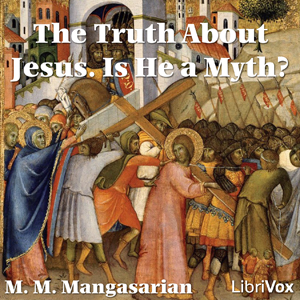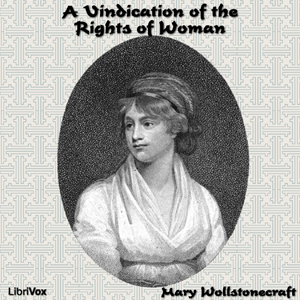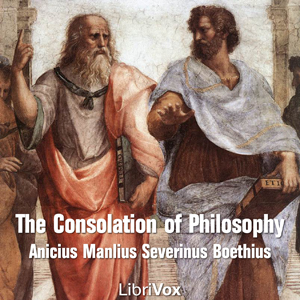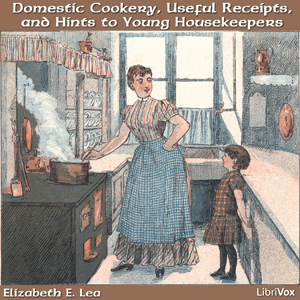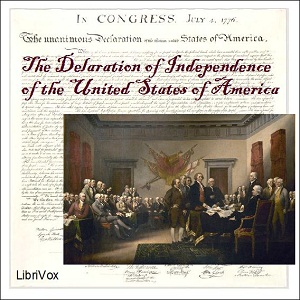- Broadway: New York's Backbone (1905)
- Carl Spitteler’s Prometheus and Epimetheus
- Everyday Japan (1903)
- The Ideal House
- Inca Land: Discovery of Machu Picchu
- John Galsworthy - a Notable Englishman
- Martha Maxwell, Taxidermist, at the Centennial Exposition (1876)
- Northern Europe and the Swiss Confederation in the Fourteenth Century
- Novel Hand Shadows: Dog and Rabbit
- Pan-Turanism (1917)
- The Passing of Princess Kaiulani
- Plague In Ireland In The Tudor Period
- A Reflection
- Reflections on the Influenza Epidemic that Afflicted Washington, D.C. (1918)
- Remarks by President Harding to Madam Curie
- Sir William Rowan Hamilton (1805-1865)
- Soren Kierkegaard in his Life and Literature
- The Struggle Between the Teutonic Order and Poland until 1466
- The Unadmiring
- Women Friendships
Twenty short nonfiction works chosen by the readers. "Salve! ye dumb hearts. Let us be still and wait by the roadside." With these words, Kate Chopin decries the "crushing feet, the clashing discords, the ruthless hands and stifling breath” that power the “mad pace" of everyday life. Broadway: the Backbone of New York presents a more up-beat view of city life. Reflections on difficult times are the substance of several volume 073 readings (The Influenza Epidemic of 1918; Plague in Ireland in the Tudor Period; Soren Kierkegaard in his Life and Literature; and Remarks to Madame Curie); while the clash of people and cultures is examined in Everyday Japan (1903), the Passing of Princess Kaiulani, Inca Land, Northern Europe and the Swiss Confederation, the Struggle between the Teutonic Order and Poland, and Pan-Turanism. Individual response to life's stresses and demands is the theme of Women Friendships, The Unadmiring, Spittler's Prometheus and Epimetheus, and Martha Maxwell, Taxidermist. Imagining the pleasures of home, Robert Louis Stevenson, in his The Ideal House, writes that "Bold rocks near hand are more inspiriting than distant Alps," and concludes "even greatness can be found on the small scale; for the mind and the eye measure differently." The mind-eye divide is what allows the illusionist to create amusing hand shadows (Dog and Rabbit); the novelist to create worlds from words (John Galsworthy, A Notable Englishman); and the mathematician Sir William Rowan Hamilton, to inscribe, with his pocket knife, in the stone of Brougham Bridge, the fundamental formula for quaternion multiplication, which had come to him in a flash of inspiration as he was out walking with his wife. Summary by Sue Anderson
Northern Europe and the Swiss Confederation and The Struggle Between the Teutonic Order and Poland were translated by John Henry Wright -
Northern Europe and the Swiss Confederation and The Struggle Between the Teutonic Order and Poland were translated by John Henry Wright -
There are no reviews for this eBook.
There are no comments for this eBook.
You must log in to post a comment.
Log in



